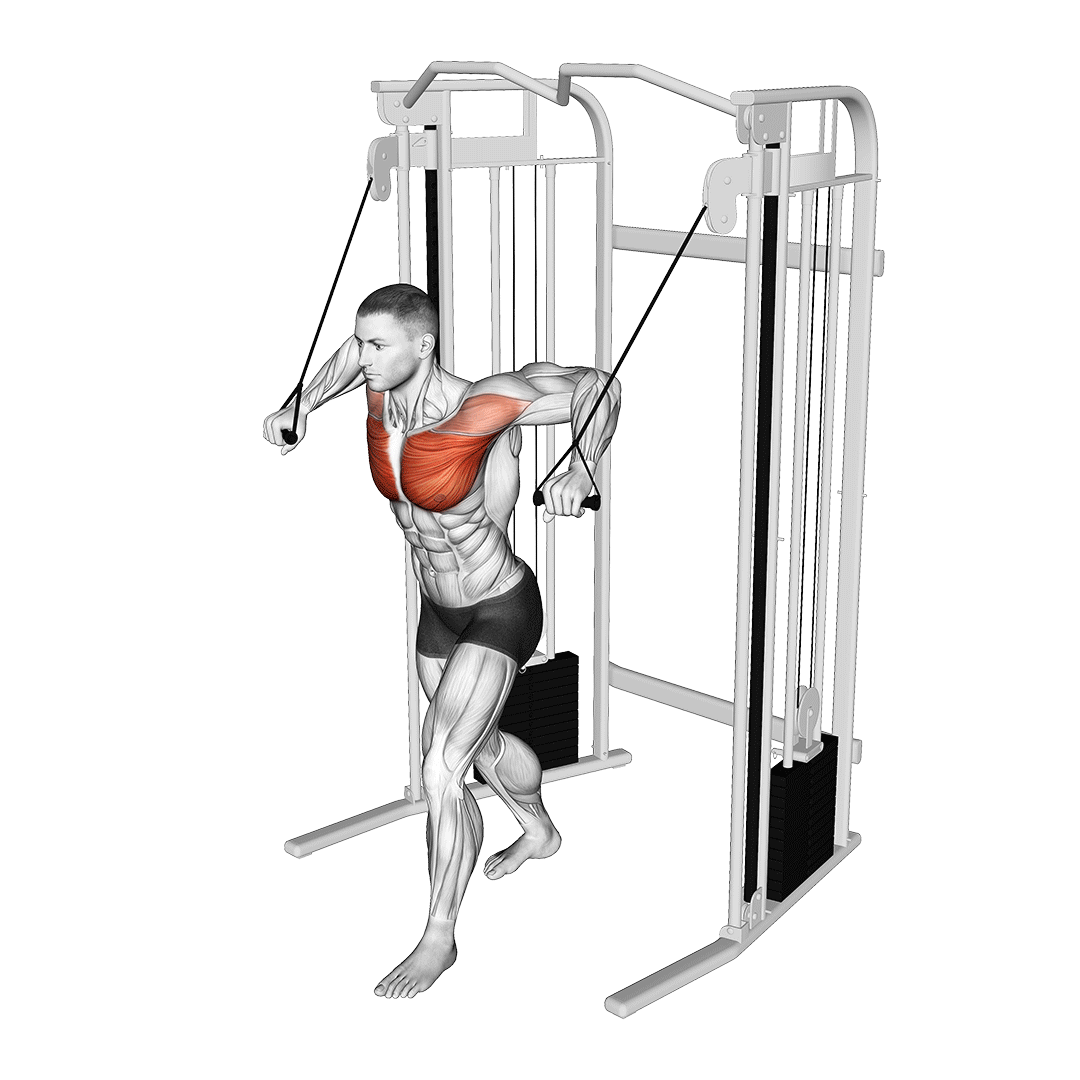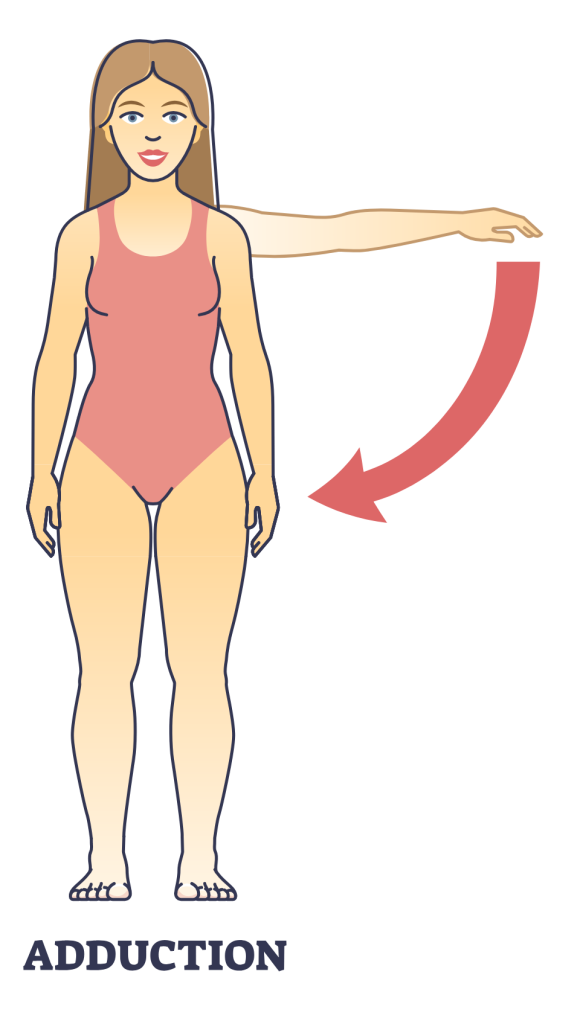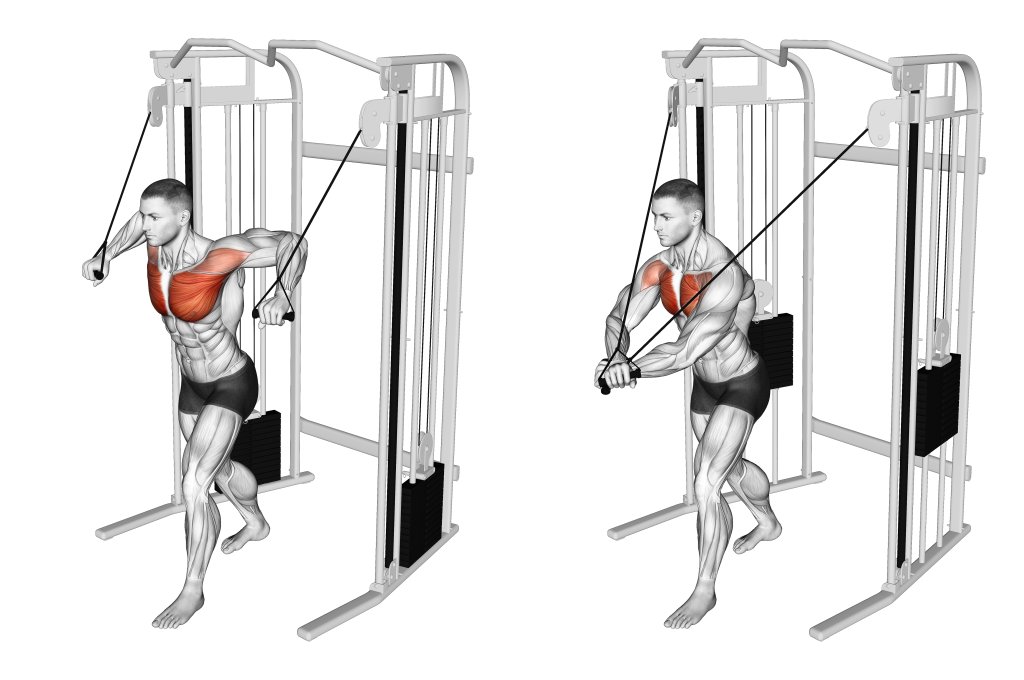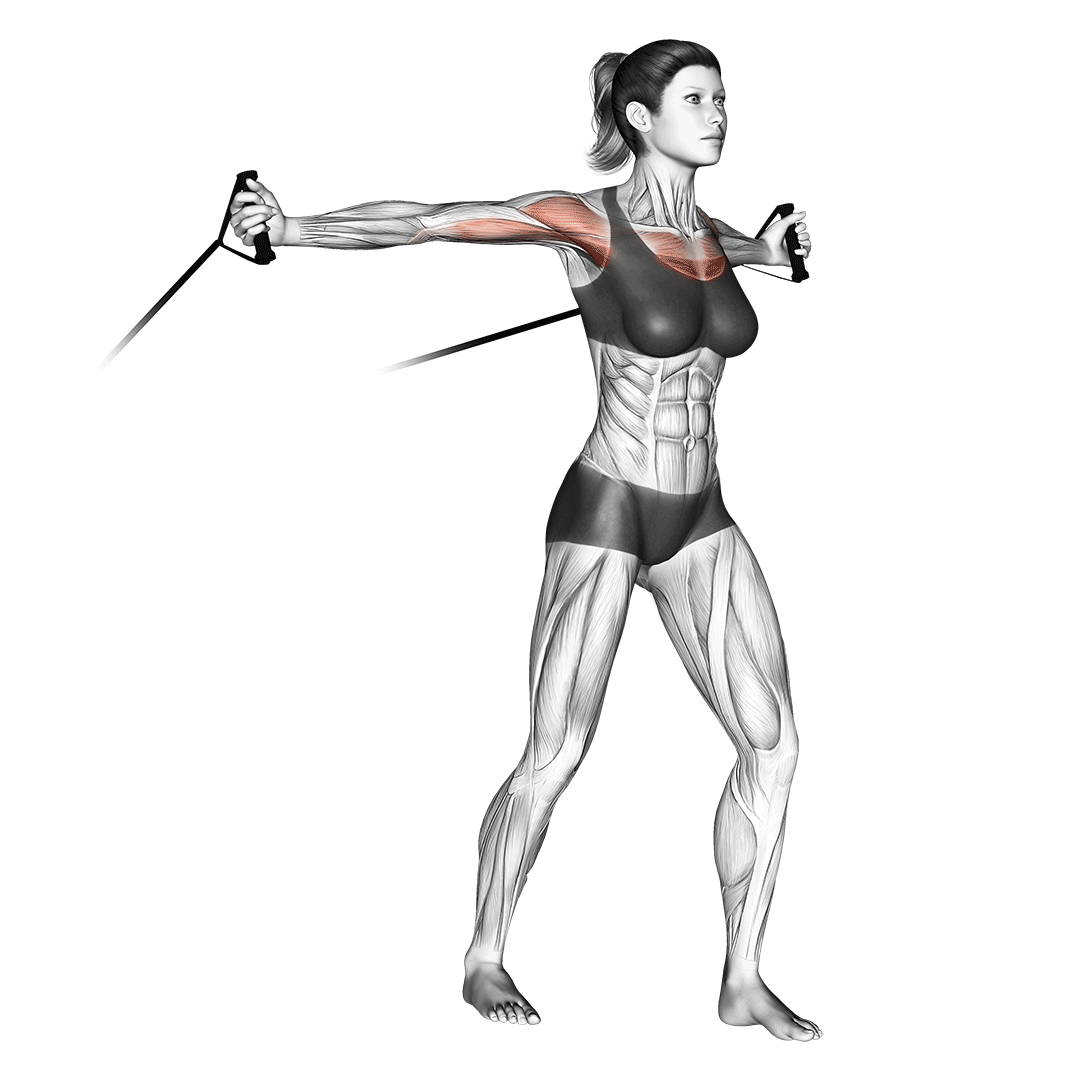What are the Benefits of Cable Crossovers?
Cable crossovers are rather unique in that they maximize the extent to which the pectoral muscles concentrically contract.
Alongside this rather unique advantage are several other benefits it offers over other chest isolation exercises, namely:
- They're Great for Building Chest Mass and Strength
- They Reinforce Arm Adduction and Medial Humerus Rotation
- They Feature a Large Range of Motion and a Consistent Level of Tension, albeit - Safely
- Comparatively Greater Concentric Contraction to Cable Chest Flys
- Low Risk of Injury, Low Joint Impact and Easily Modified
Benefits of Cable Crossovers
Great for Building Chest Mass and Strength
The main advantage to exercises like the cable crossover is their capacity to maximize hypertrophic response in the pectoral muscles while also building a small level of strength output, even without a significant amount of load being used.

With the support of a proper diet and sufficient recovery time, the cable crossover will lead to a more muscular and capable pair of chest muscles - all without limiting factors like shoulder joint impact or anterior deltoid head fatigue.
Reinforces Arm Adduction and Medial Humerus Rotation
In connection to the previous entry, because the cable crossover works the pectoral muscles to a significant range of motion, their ensuing biomechanical actions are directly reinforced as well.

When performed with regularity, lifters will find that the cable crossover develops their capacity to perform arm adduction (moving towards the midline) and medial rotation of the upper arms within the shoulder joint.
Not only will the lifter find they are able to perform these actions with greater force and greater stability, but the actual range with which they can actively initiate said activity will improve as well.
Large Range of Motion, Consistent Level of Tension and Solely Isolates the Pecs
In comparison to many other exercises involving the chest, the cable crossover excels at lengthening the pectoral muscles near the limit of their active range of motion.

This advantage meshes perfectly with the movement’s complete isolation of the chest and consistent level of tension to achieve maximal pectoral hypertrophy.
So much so, in fact, that few exercises compare to the cable crossover in terms of acting as an accessory movement in bodybuilding routines - being on par with movements like the pec deck or dumbbell chest fly.
However, this capacity assumes that the lifter is also deriving a large majority of the workout’s stimulus from heavy and intense compound movements. If used as the sole source of chest training, issues like pectoral instability or poor development of other push muscles may present.
Comparatively Greater Concentric Contraction to Cable Chest Flys
The cable crossover is similar enough in mechanics to the cable chest fly to be considered a variation, so to speak.

The main difference between the two is simply that the crossover quite literally involves one arm crossing over the other at the top of the repetition.
However, this otherwise minute difference in technique makes a world of difference in terms of concentric (shortening) pectoral contraction.
Though the two remain much the same in terms of the more important eccentric contraction, lifters that wish to fully reinforce mind-muscle connection or explosive force output will be better served performing the cable crossover, rather than other variations of cable chest fly.
Low Risk of Injury, Low Joint Impact and Easily Modified
Apart from its muscular growth benefits, the cable crossover itself features several unique characteristics that make it excellent for lifters of all types.
The most important of these is its relatively low risk of injury, where simply following its comparatively simplistic form reduces any chance of acute injury to nearly zero. This is primarily a result of its lack of acute impact on the shoulder joint - of which is the main joint featuring dynamic movement.
In addition to its low impact and minimal risk of injury, the cable crossover can also be easily adjusted using the built-in features of most cable machine brands.
The grip orientation used, involvement of the forearms, angle of resistance and even the orientation of the body itself can all be adjusted to better meet the individual needs of the lifter and their program.
A few small modifications to try out are adjusting the pulleys several inches higher for greater lower chest contraction, or to perform the exercise seated for greater stability.
References
1. López-Vivancos, Abraham, Noelia González-Gálvez, Francisco Javier Orquín-Castrillón, Rodrigo Gomes de Souza Vale, and Pablo Jorge Marcos-Pardo. 2023. "Electromyographic Activity of the Pectoralis Major Muscle during Traditional Bench Press and Other Variants of Pectoral Exercises: A Systematic Review and Meta-Analysis" Applied Sciences 13, no. 8: 5203. https://doi.org/10.3390/app13085203
2. Jagessar, Miguel & Gray, Michael. (2009). Optimizing Development of the Pectoralis Major.
